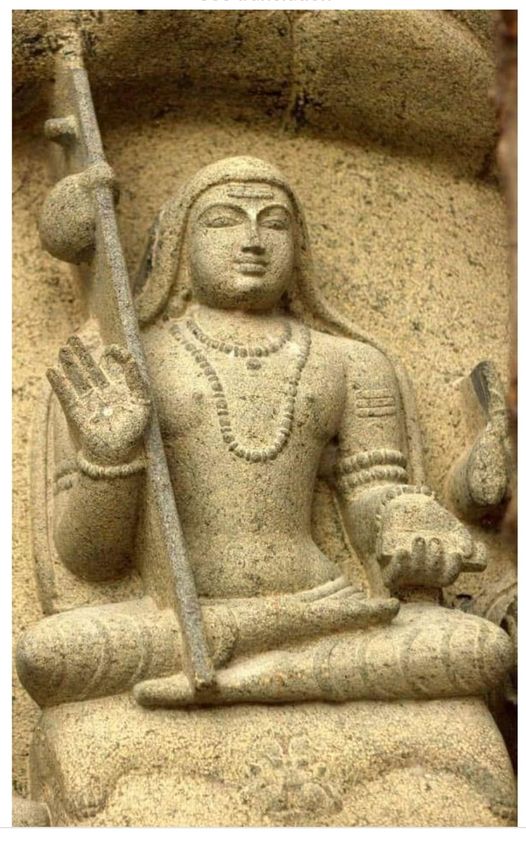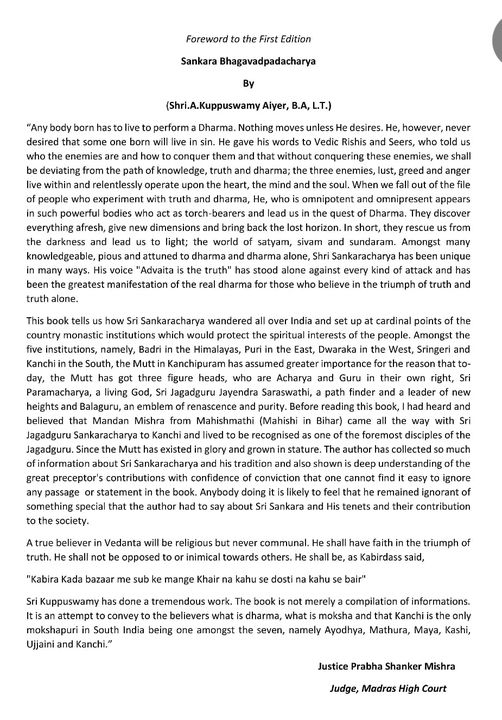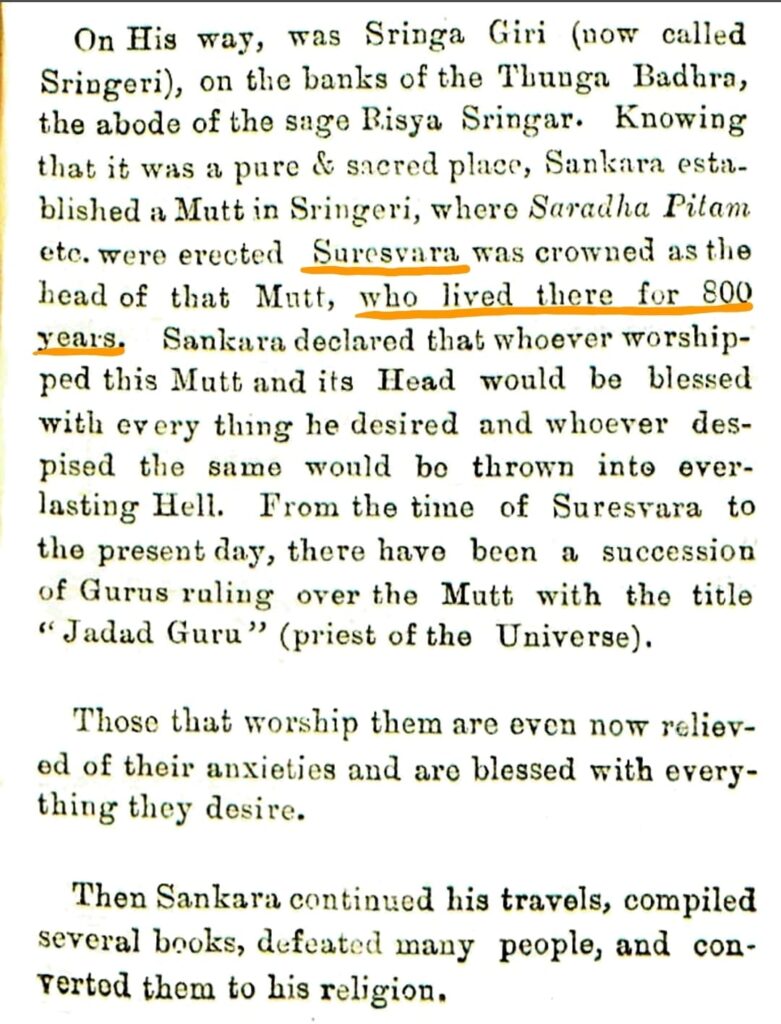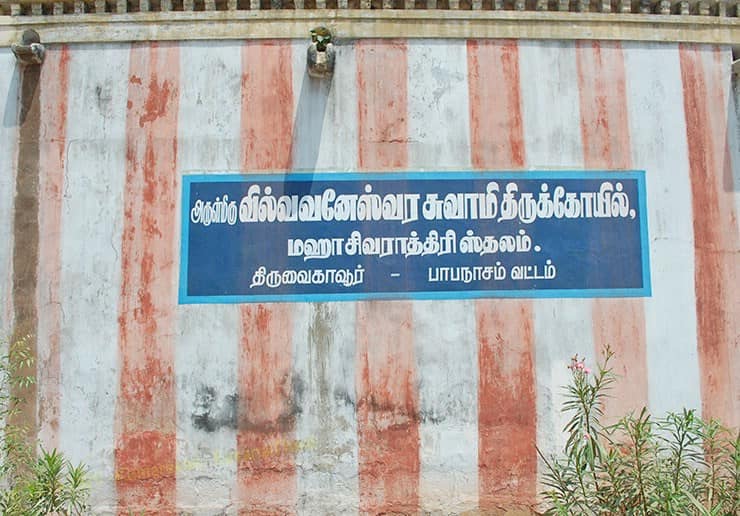The Lost Leaves – (Inquiry on the Mystery of the Missing Portion of Valliisahaya’s Manuscript on Sri Sankaracharya and Kanchipuram.)
Vallisahaya Kavi of the Vadhula gotra was a contemporary of Sri Abhinava Narasimha Bharati Swami, the 28th Pontiff at Tunga Sringeri matha from 1767 to 1770 C.E. He is the author of the Acarya Digvijya Champu in 7 kolahalas.
In his work, Vallisahaya pays homage to Anandagiri and Vidyasankara, primarily following the Cidvilasa-Anandagiri version. Notably, he explicitly mentions Mandanamisra as the grihastha name of Suresvara and Sarasvani as Mandanamisra’s wife’s name. However, he does not appear to be aware of anyone by the name of Visvarupa.
Unfortunately, the manuscript of Vallisahaya’s work is incomplete, with the narrative abruptly ending after recounting Sri Sankaracharya’s visit to Kanchi. Eminent scholars opine that since the manuscript abruptly ends with Kanchi, it is reasonable to presume that the remaining verses of Sankara’s stay and samadhi, as per Vallisahaya’s account, were intended to be in Kanchi as well.
This missing section could have contained valuable insights into Sankara’s final days, his spiritual attainment, and his connection to Kanchi.
It is possible that individuals who disagreed with this fact might have deliberately removed that portion of the manuscript.
Despite the missing section of the Acarya Digvijya Champu, scholars continue to explore alternative sources to glean insights into Sankara’s final days in Kanchi, the only Mokshapuri in South India.
( Sources: 1. PROBLEMS OF IDENTITY- MANDANA MISRA-SURESVARA By Vidyasagara Vidyavacaspati P P SUBRAHMANYA SASTRI B.A. (OXON), M.A., Professor of Sanskrit, & Comparative Philology, Presidency College, and Curator, Government Oriental Mss Library, Madras.
Sri Sankara gurukulam Journal, Vani Vilas Press, Srirangam.
2. THE PLACE OF SANKARA’S DISAPPEARANCE By W.R.Antarkar, The Asiatic Society of Mumbai Journal.)













